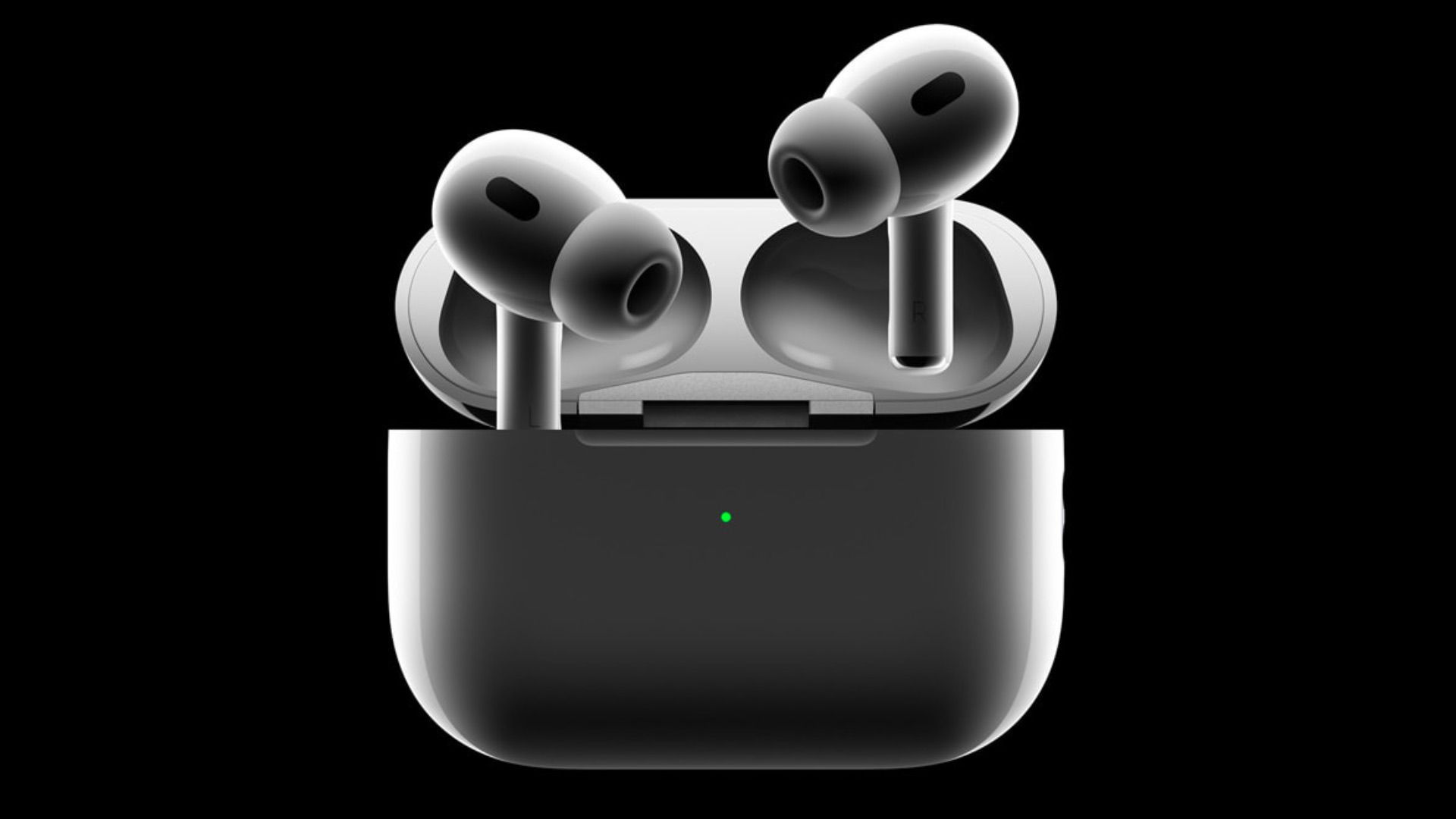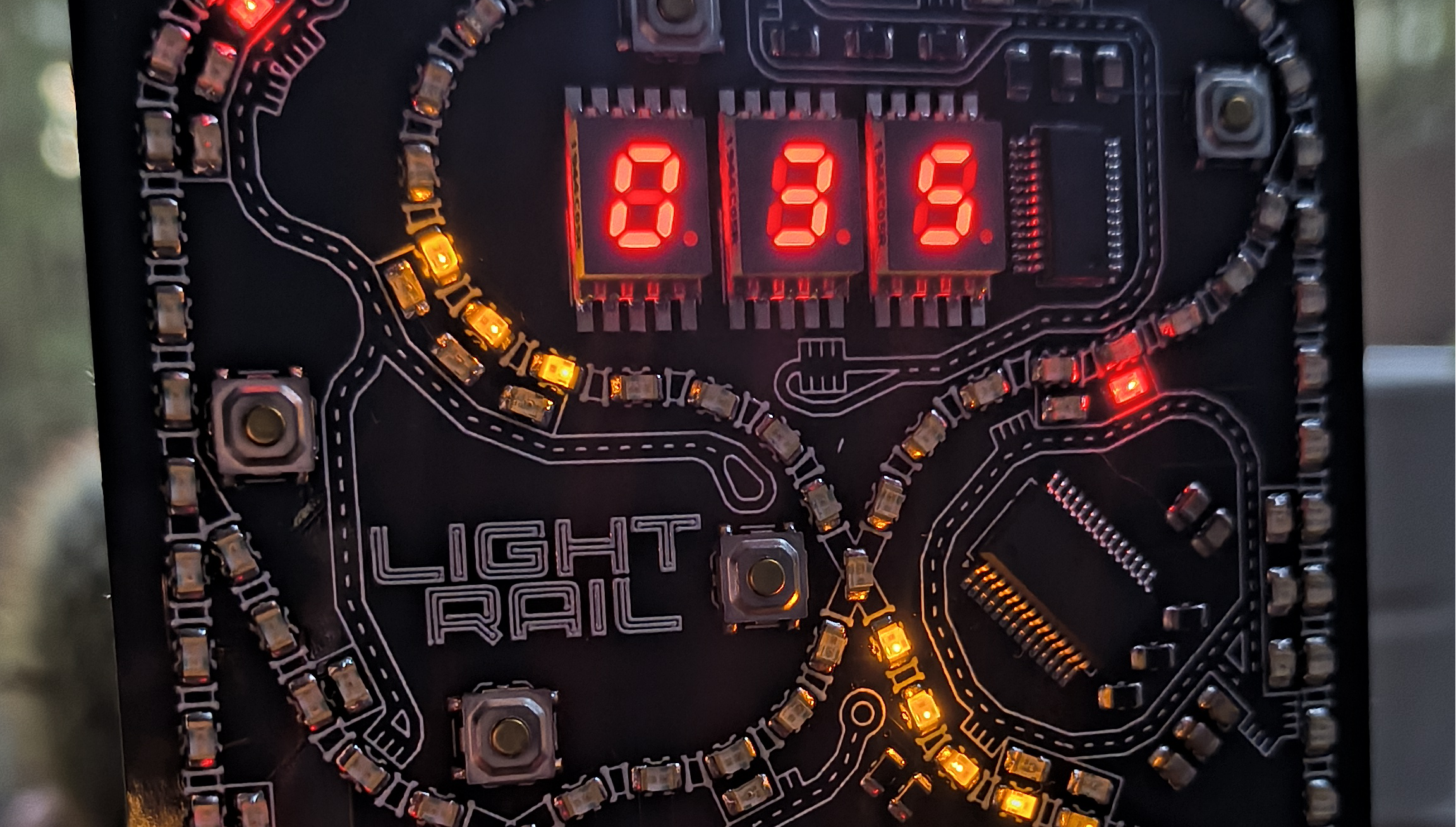BMW Unveils HypersonX: A Revolutionary Sound System for Electric Vehicles

Electric vehicles (EVs) have made headlines for their speed, efficiency, and futuristic technology. However, despite these impressive features, many drivers find that they lack an emotional connection to their driving experience. The once-coveted silence that electric cars offer is now raising concerns about diminishing the thrill of being behind the wheel. In response to this growing sentiment, a number of automotive manufacturers are now exploring an innovative question: What if sound could breathe life into electric cars?
Leading this charge is BMW with its groundbreaking new sound design project, HypersonX, specifically crafted for its upcoming Neue Klasse models set to be unveiled in 2025. HypersonX promises to be one of the most ambitious sound design initiatives in the electric vehicle industry, featuring a remarkable 43 custom-designed audio signals that dynamically change based on driving conditions.
Developed by the talented team at the BMW Group Sound Design Studio, HypersonX employs advanced spatial modulation techniques to create an engaging auditory experience that gives the sensation of moving through layers of sound, rather than merely through space. According to Renzo Vitale, BMWs Creative Director of Sound Design, In both Personal and Sport Mode, the drive sounds focus on the essentials and are inspired by tones from nature and structures from art and science. This innovative system does not aim to replicate the familiar sounds of traditional gas engines; rather, it seeks to forge a new emotional bond with drivers through warmth, precision, and a certain restraint.
One of the standout features of HypersonX is its welcoming chime, which is composed of voices from BMW employees speaking in their native languages. This thoughtful addition is designed to inject a sense of humanity and joy the moment a driver steps into the cabin, ensuring a more personalized driving experience.
The quest for meaningful sound in electric vehicles is not unique to BMW. Gas-powered automobiles have long conveyed stories through their distinctive sounds consider the exhilarating screams of a Ferrari V12, the guttural growl of a Dodge V8, or the iconic roar of a Porsche flat-six. These sounds do more than merely announce a car's presence; they are integral to the car's identity, providing feedback and joy to drivers. In contrast, many EVs operate in near silence, leading to a potential emotional disconnect for drivers who have grown accustomed to the auditory feedback of traditional vehicles.
BMW is not alone in this pursuit of sound innovation. In 2022, the company collaborated with renowned composer Hans Zimmer to develop unique tones for its electric vehicles. The following year, Mercedes-AMG introduced the MBUX Sound Drive system in partnership with the musician will.i.am, merging technology, music, and automotive culture into a singular experience. This cutting-edge system transforms a vehicle's acceleration, braking, and steering into a real-time musical expression, enhancing the driving experience.
will.i.am remarked, The future may be quieter in terms of engine sounds, but the AMG brand will always be anything but quiet in how it perceives itself and its followers. As a passionate car enthusiast, builder, and tech entrepreneur, he is also collaborating closely with Mercedes-AMG on two upcoming vehicle builds under the name will.i.AMG, underscoring the growing significance of sonic identity in automotive branding.
Not to be outdone, Dodge has introduced the Charger Daytona EV, which features a Fratzonic Chambered Exhaust an astonishing 126-decibel artificial roar that aims to recreate the raw power of its gasoline-powered muscle car predecessors. Similarly, Hyundais Ioniq 5 N integrates synthetic rev-matching and downshift pops to enhance driver engagement. Nissan has also ventured into this space with the return of its R32 GT-R as an electric concept, complete with synthesized engine audio modeled after the legendary RB26DETT. Across the landscape of the automobile industry, manufacturers are investing heavily in sound design not only for regulatory compliance but as a means to establish identity, foster engagement, and evoke emotion.
The creation of HypersonX involved an exhaustive process, with BMW reportedly generating over 9 million sound iterations before finalizing the auditory experience. This endeavor goes beyond mere engineering; it represents a meticulous curation of sound. The emerging era of automotive sound is not about replicating the past; it is about crafting something new that resonates with drivers. In this context, sound transcends being just a byproduct of an engine it emerges as a storytelling instrument, a branding asset, and a sensory connector between humans and machines.
As the automotive industry continues to evolve, the question remains: Can innovative sound design save electric cars from feeling mundane? With initiatives like BMWs HypersonX and the efforts of other manufacturers, there is hope that the answer will be a resounding yes, but only time will tell.


























